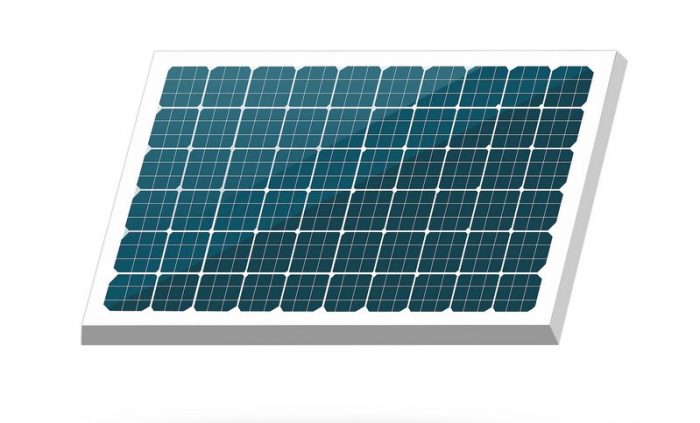How ‘substantial’ is a solar PV cell?

In Q2 edition of Solar Builder, we assess the questions central to the Auxin Solar anti-dumping circumvention trade case, the questions not central to the case and understand potential outcomes. Here is part of that feature. Btw: Be sure you’re a Solar Builder subscriber. It is free and always includes our best features and expert insight.

Sales and marketing month sponsor
Get Aurora AI & Get Back to Summer
Let Aurora AI do the heavy lifting for you so you can get out of the office and into the pool. See how Aurora can speed up your sales & design with one-click design magic. Learn more here
“The processes of manufacturing the cell and the module are material and substantial and create the ultimate value to the buyer,” explains Paul Wormser, VP of Clean Energy Associates (CEA), a quality assurance and supply chain management services firm. “The wafer is nothing until the cell is made.”
Polysilicon begats an ingot begats a wafer. That wafer can be turned into several different kinds of solar cells. After the wafer is cleaned, a p/n junction is made, which turns the wafer into having the potential to be a solar cell. After that comes antireflection coating. Meanwhile, one might be doing repairs or passivation. The chemical processes and the after-use processing is also complex.
Then, a metal contact is placed on the back and front, on which wires will later be attached. Along the way, sophisticated machines are used to ensure quality is correct. There’s also the decision to create p type cells, that could be PERC or TOPcon, or n type, which could be heterojunction (HJT) or interdigitated back contact (IBC) cells. These decisions all determine the performance possibilities and price point of the final product.
“In practice, there are a lot of steps involved, a lot of machinery used and a lot of expertise and talented labor involved,” Wormser says. “You’re not just moving it from one place to another.”
All of it is very capital intensive, which is a big reason why the United States does not have any facilities producing solar cells.
There is usually more happening at these facilities than just manufacturing too. Suppliers invest a lot in research and development to keep improving cell performance and develop next gen technology.
All in, it is a fairly solid substantial transformation argument, but don’t take my word for it:
— there is already precedent of Commerce deciding cell manufacturing is not minor or insignificant.
“In addition to the 2012 AD/CVD case, Commerce has taken the position in subsequent scope rulings that the p/n junction constitutes the essential characteristic of solar cells,” according to Lynn Kamarck, International Trade Counsel with McDermott Will & Emery, citing the “SunSpark Scope Ruling Memo” on Oct. 23, 2020. In this, the position is taken that “solar cells produced in Vietnam from raw wafers imported from China are not subject to the scope of the orders because the raw wafers from China did not include a p/n junction,” she says. In another memorandum, “ET Solar Scope Ruling Memo,” on June 15, 2021, solar cells produced in Vietnam were deemed within the scope of the order because the wafers already had a p/n junction before export.
“If it’s basically raw materials coming from China — wafers, wires, etc., and there’s a lot of value add, and, in effect transformation taking place, then that’s pretty strong evidence of no circumvention,” says Mark Herlach, with Eversheds Sutherland. “But that could vary from plant to plant and manufacturer to manufacturer. If it turns out the vast majority of work is still being done in China, then that’s a going to be a problem for the respondents.”
For more on what potential duty rates could be in the event of an affirmative decision, head here.
Chris Crowell is the managing editor of Solar Builder.





Comments are closed here.